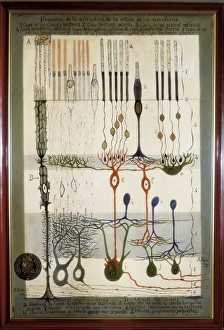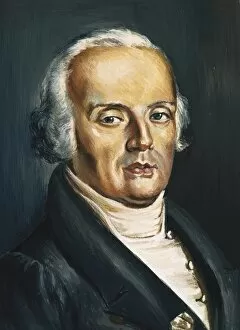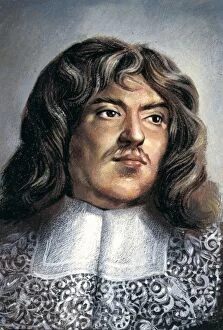Medicos Collection
"Medicos
All Professionally Made to Order for Quick Shipping
"Medicos: A Journey Through the Contributions of Medical Pioneers" From ancient Egyptian surgical instruments made of bronze to the histological diagram of a mammalian retina, they have played a vital role in shaping our understanding and advancement in the field of medicine. Let's take a glimpse into the lives and achievements of some remarkable individuals who have left an indelible mark on medical history. Johann Peter Frank, a German physician from the 18th century, revolutionized medical education by introducing clinical training for students. His innovative approach laid the foundation for modern medical practices we see today. Moving forward in time, we encounter Jose de Letamendi, a Spanish doctor whose work focused on mental health and psychiatric care during the 19th century. His dedication towards improving patient well-being paved the way for advancements in psychological treatments. The contributions of Antony van Leeuwenhoek cannot be overlooked either. This Dutch naturalist is often hailed as one of the pioneers of microbiology due to his groundbreaking observations using microscopes. He opened up new realms within medicine by discovering microscopic organisms that had previously remained hidden from human eyes. Fast-forwarding to more recent times, Anthony Hewish emerges as a prominent figure in British radio astronomy. Although not directly involved with medicine per se, his research on pulsars led to significant advances in radiology techniques used for diagnosing various diseases. No discussion about influential figures would be complete without mentioning James Clerk Maxwell -a Scottish theoretical physicist- whose discoveries laid down fundamental principles governing electromagnetism and light propagation. These findings formed crucial foundations upon which many diagnostic imaging technologies are built today. Alexis Carrel's name shines bright among French surgeons due to his pioneering work on organ transplantation techniques during early 20th century France. His efforts paved the way for life-saving procedures that continue to transform countless lives worldwide. Ignaz Semmelweis was another visionary Hungarian doctor who championed hand hygiene and infection control practices in the mid-19th century.
















